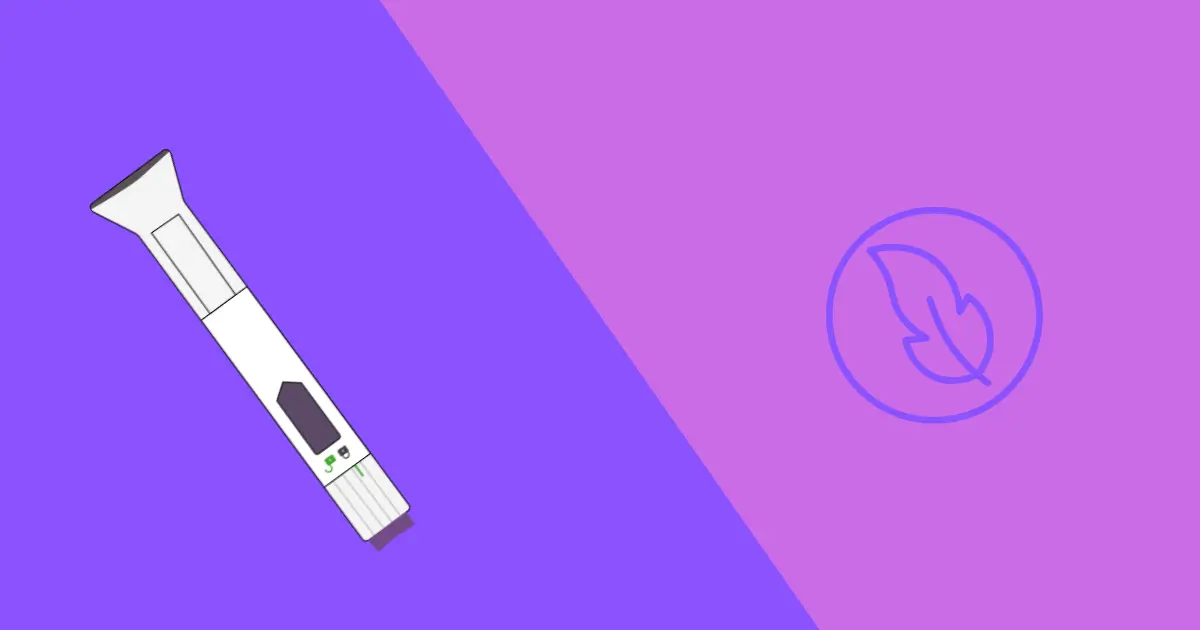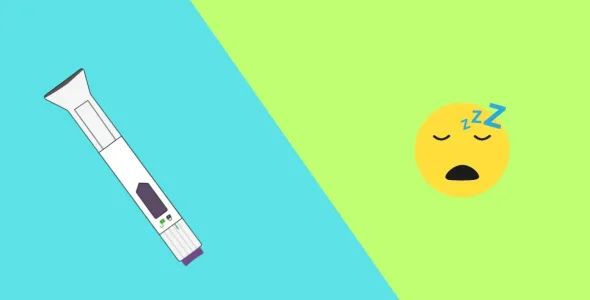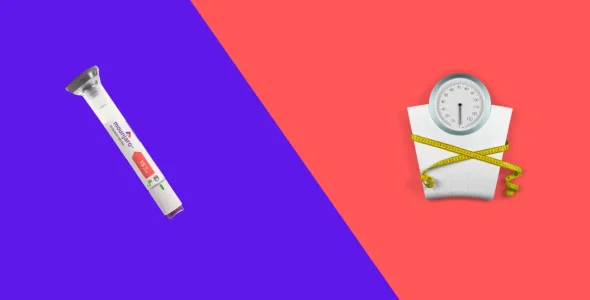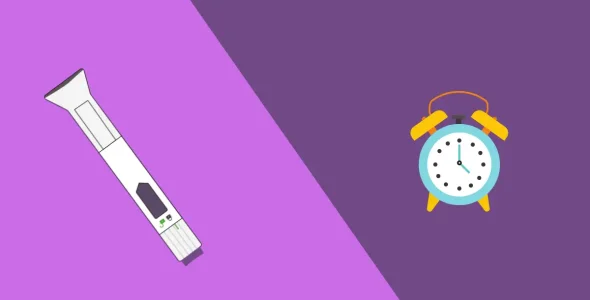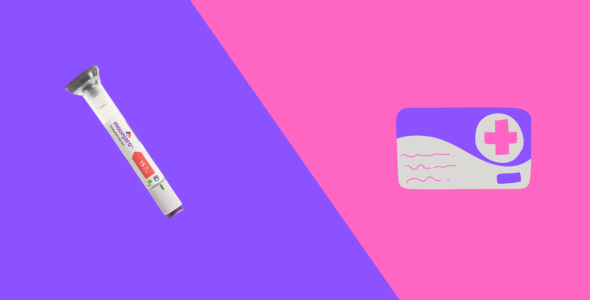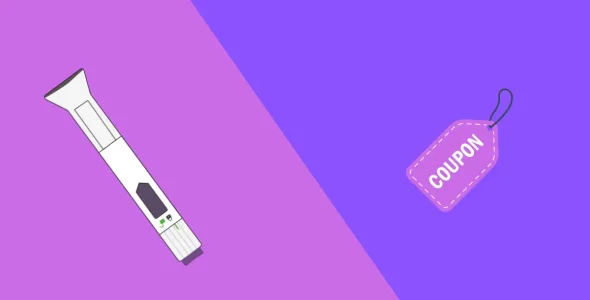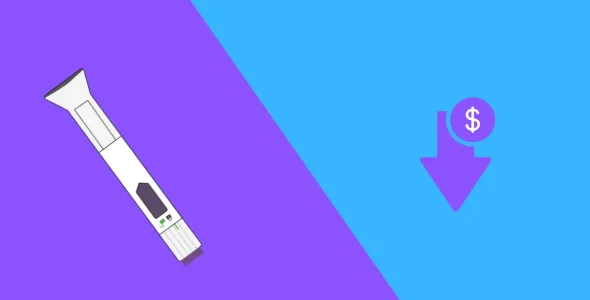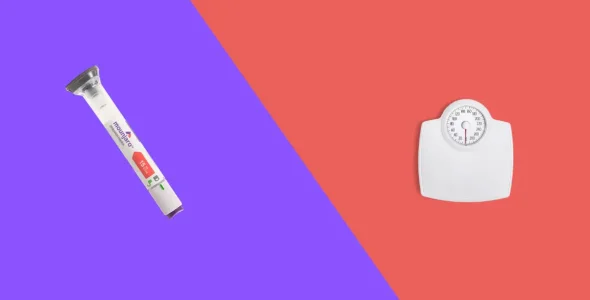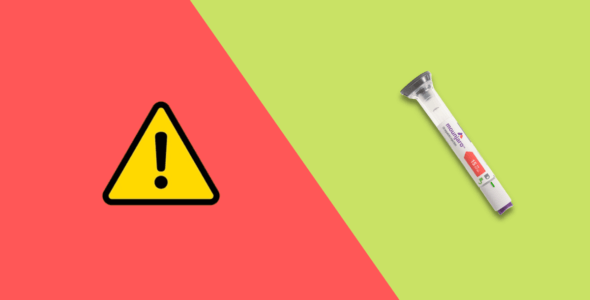Mounjaro skin sensitivity: Causes, symptoms, and how to treat it
Did your skin start itching or turning red after starting Mounjaro? You’re not alone, here’s why it happens and how to fix it.
Key highlights
- Mild skin issues like redness, itching, and swelling at the injection site are fairly common and usually go away on their own.
- Rare but serious allergic reactions like full-body hives, throat swelling, or trouble breathing require immediate medical care.
- Reactions may stem from injection technique, immune response, sensitive skin, or pre-existing conditions like eczema and psoriasis.
- Rotate injection sites, use clean needles, allow the pen to reach room temperature, and let the alcohol dry before injecting.
- Cold compresses, gentle moisturizers, antihistamines, and hydrocortisone cream can help manage mild symptoms.
- If symptoms are severe, spread beyond the injection site, or don’t improve, contact your healthcare provider promptly.
Skin sensitivity with GLP-1 receptor agonist drugs like Mounjaro is relatively uncommon but not rare. Clinical trials report that about 3.2% of users experience injection site reactions such as redness, itching, or swelling. These reactions are usually mild and temporary.
The good news is that most skin reactions are mild and manageable at home, often improving as your body adjusts to the medication.
If you’re feeling uncomfortable or worried about skin changes, you’re not alone. It’s completely normal to feel concerned. There are ways to feel better while staying on track with your treatment.
Noticing skin sensitivity with Mounjaro? Learn why it’s happening, how to treat it, and when to call a doctor.
What is Mounjaro?
Mounjaro is a novel medication that works by activating both glucagon-like peptide-1 (GLP-1) and glucose-dependent insulinotropic polypeptide (GIP) receptors. It’s FDA-approved to help improve blood sugar control in adults with type 2 diabetes mellitus, but it’s also known for causing significant weight loss in many patients.
It contains the active ingredient tirzepatide, which acts like natural hormones in your body to help control hunger and improve how your body handles blood sugar. This helps you eat less and lose weight. While Mounjaro can be very effective, like all medicines, it may cause some side effects.
Other GLP-1 medications that share an increased risk of adverse reactions as Mounjaro, include Ozempic and Wegovy (semaglutide) and Zepbound (tirzepatide).
Side effects of Mounjaro
Mounjaro is a weekly injection (single-dose pens) administered under the skin (subcutaneously). You can inject the medication under the skin of your stomach, upper arm, or thigh.
While Mounjaro can help with lowering blood sugar levels and promoting weight loss, it’s important to be aware of potential side effects and safety tips when using this medication.
The most common side effects of Mounjaro may include:
- Nausea
- Diarrhea
- Vomiting
- Decreased appetite
- Constipation
- Upset stomach
- Headache
- Heartburn
- Hoarseness
- Abdominal pain (stomach pain)
- Hair loss
Other rare and more serious side effects of Mounjaro may include:
- Blurred or changed vision (diabetic retinopathy)
- Low blood sugar (hypoglycemia)
- Gallbladder problems
- Depression or anxiety
- Serious allergic reactions
- Pancreatitis (Inflammation of the pancreas)
- Injection site reactions
If you experience any of these side effects, speak with your doctor right away.
Mounjaro has a black box warning from the FDA for the risk of thyroid tumors or thyroid cancer, including medullary thyroid carcinoma (MTC).
You should not use Mounjaro if you:
- Are allergic to tirzepatide or any of the ingredients
- Have a personal or family history of medullary thyroid cancer or Multiple Endocrine Neoplasia syndrome type 2 (MEN 2)
- Have type 1 diabetes
- Are pregnant or planning to become pregnant
- Are breastfeeding, as it is not known if Mounjaro passes into breast milk
- Have serious kidney or liver problems
- Have gallbladder disease
- Have a severe gastrointestinal disease such as gastroparesis or reflux gastroenteritis(delayed stomach emptying)
Tell your doctor or pharmacist about all prescription, over-the-counter medications, supplements, and vitamins you are taking.
Why does Mounjaro cause skin sensitivity?
Mounjaro is administered as a subcutaneous injection. Some people may notice skin problems as a side effect of Mounjaro. These can be one of the mild side effects or potentially, a more serious side effect.
Our skin protects us from the external environment. Since Mounjaro is given as a shot, the needle goes into the skin. The body’s immune system considers this as something foreign (physiological response) and may react by causing mild swelling or irritation where the injection entered the skin.
Skin reactions from Mounjaro can happen because everyone’s immune system is different. People who already have allergies or skin conditions like eczema or psoriasis may be more likely to have skin problems with this medicine.
Also, getting shots in the same area repeatedly can cause irritation and swelling. These skin issues are usually not serious and often go away on their own, but they can still be uncomfortable and affect daily life.
Injection site reactions
Injection site reactions are a common side effect of Mounjaro and usually show up as redness, swelling, or itching near the spot where the shot was given. These are called localized reactions, meaning they happen only in the area where the injection is done. They occur because your immune system sees the needle or medication as something foreign, which triggers a small response in the skin.
These reactions are fairly common, with studies showing they may affect up to 1 in 10 people, or around 3.2% of users. They typically look like a red or pink patch on the skin, sometimes with mild swelling or a small bump. Some people may also feel a bit of itchiness, tenderness, or mild pain. Bruising can happen, too, but it’s less common.
Injection site reactions usually appear within a few hours to a day after the shot. The good news is that they often go away on their own in a few days, especially as your body gets used to the medicine. Most of the time, these reactions are mild and don’t need any treatment. Over time, as your body adapts, they usually happen less often or not at all.
Systemic allergic reactions
Systemic allergic reactions to Mounjaro are rare but can be serious. Unlike mild, local skin irritation, these reactions affect the whole body and may include widespread hives, swelling in areas beyond the injection site (such as the face, lips, or throat), and difficulty breathing.
These symptoms suggest a possible intolerance or allergy to tirzepatide, the active ingredient in Mounjaro. When the immune system reacts strongly to tirzepatide, it can trigger a full-body response instead of a mild, localized one. This type of reaction needs urgent medical attention and may mean the medication is not safe to continue.
Risk factors
Certain factors can increase the risk of skin reactions with Mounjaro.
People with a history of sensitive skin or conditions like eczema may be more likely to experience irritation, itching, or flare-ups after injections. Their skin is already more reactive, so it may not tolerate the medication or the injection process as well.
Another possible cause of skin problems is incorrect injection technique. If the injection is given too shallow, too deep, or in the same spot repeatedly, it can lead to irritation, swelling, or even bruising. Learning the proper injection method and rotating injection sites can help reduce these risks.
Symptoms: What to watch out for
Mounjaro can cause skin reactions, but how much it affects people can be very different from person to person.
Mild reactions
Mild skin reactions from Mounjaro are fairly common and usually nothing to worry about. They typically resolve in days and may include:
- Light redness
- Mild swelling
- Slight itching around the injection site
- Dryness
These symptoms happen because your body is reacting to the needle or the medicine under the skin. The good news is that these mild reactions typically go away on their own within a few days without requiring any special treatment. Rotating injection spots and keeping the area clean can help reduce irritation.
Severe reactions
Severe skin reactions from Mounjaro are rare but can be serious. These may include full-body hives, swelling of the lips, face, or throat, and difficulty breathing. These symptoms can be signs of a serious allergic reaction called anaphylaxis.
If you notice any of these symptoms, you should go to the emergency room (ER) right away. These reactions can happen quickly and may become life-threatening without fast medical care. Always let your healthcare provider know if you’ve had allergic reactions to medications in the past before starting Mounjaro.
Less common skin issues
Some users may notice less common skin problems while taking Mounjaro, especially if they already have sensitive skin or existing conditions.
- Dryness and flaking: Mounjaro can lead to reduced food and fluid intake because it lowers appetite. This can sometimes cause mild dehydration, which may make your skin feel dry, tight, or flaky. Staying well-hydrated and using a gentle moisturizer can help manage this.
- Psoriasis or eczema flare-ups: People with skin conditions like psoriasis or eczema may notice their symptoms getting worse while on Mounjaro. This could be due to changes in the immune system or increased sensitivity at the injection site. If flare-ups happen, talk to your doctor. They may suggest skin care changes or adjust your treatment plan if needed.
- Hypersensitivity reactions: In rare cases, Mounjaro may cause hypersensitivity reactions. These are allergic responses that can affect the skin and other parts of the body. Symptoms may include rash, itching, swelling (especially of the face, lips, or throat), dizziness, or trouble breathing. These reactions can be serious and require immediate medical attention. If you notice any of these symptoms after taking Mounjaro, stop using the medication and seek emergency care right away.
How to treat Mounjaro skin reactions?
To manage skin reactions while using GLP-1 medications like Mounjaro, following a few simple steps can make a big difference in how you feel and help improve your comfort. Here are some easy tips that can help.
Home remedies for mild cases
For mild skin reactions like redness, itching, or slight swelling at the injection site, there are a few simple things you can do at home to feel better. Applying a cold compress for a few minutes can help reduce swelling and soothe the skin. Using over-the-counter hydrocortisone cream can ease itching and irritation, but check with your doctor before starting any new treatment.
Cold compress/ice pack
If you notice swelling or redness where you injected, place a cold pack on the area for 10-15 minutes. This can help reduce swelling and calm the skin.
Over-the-counter (OTC) remedies
You can try using over-the-counter hydrocortisone cream (0.5%-1%) or antihistamines to help with itching or mild skin reactions. Make sure to talk to your doctor before starting any new treatment.
Oral antihistamines like diphenhydramine can relieve itching, especially at night, while non-drowsy options are better for daytime use.
If you feel pain or discomfort, mild pain relievers like ibuprofen or acetaminophen can help. To keep your skin calm and prevent dryness, apply fragrance-free moisturizers such as Vaseline.
How to prevent future skin reactions?
Here are a few steps that you should take for treating and preventing skin sensitivity while on Mounjaro.
Rotate injection sites
Change the location where you inject each time to avoid skin irritation or swelling. Rotating injection spots helps reduce the chance of getting a reaction in one area.
Allow the medication to reach room temperature
Letting Mounjaro warm up to room temperature before injecting can help reduce stinging and discomfort. Cold medication can irritate the skin more, so it’s best to take it out of the fridge about 30 minutes before your injection.
Let the alcohol swab dry fully before injecting
After cleaning your skin with an alcohol swab, wait until the area is completely dry before giving the injection. Injecting while the skin is still wet with alcohol can cause stinging or irritation, and drying helps reduce the risk of skin reactions.
Clean the injection site thoroughly
Use an alcohol wipe to clean the skin before your injection, and let it dry completely. This helps prevent infection and reduces irritation that can be caused by injecting through wet alcohol.
Inject at the correct angle
Follow proper injection steps by cleaning the skin with alcohol before the shot and always using a new, clean needle. This helps keep your skin healthy and lowers the risk of irritation or infection.
Make sure to inject at the right angle, usually 90 degrees, when using the Mounjaro pen. Always check the instructions that come with the pen to be sure you’re using it correctly.
Do not rub the area after injecting
Avoid rubbing the skin after your injection. Rubbing can spread the medication under the skin and may increase irritation or cause redness and swelling.
Use a fresh, sterile needle every time you inject
It might seem obvious, but it’s very important. Always use a new, clean needle for each injection. This helps prevent infection, reduces irritation, and keeps your skin healthier over time.
Maintain a skin routine that works best for you
Avoid using harsh soaps, perfumes, or skincare products that can irritate your skin. Choose gentle, fragrance-free products made for sensitive skin to help prevent reactions.
Wear loose and smooth clothing around the injection site
Wear loose-fitting, breathable clothes around the injection area to avoid rubbing and irritation. This helps your skin heal better and lowers the chance of making any adverse reaction worse.
When to speak with your healthcare provider
Keep an eye on how your skin looks and feels where you take your shot. If you notice more redness, warmth, or any fluid coming out, it could be a sign of infection. Let your doctor know right away if you see anything unusual.
Allergic (hypersensitivity) reactions
An allergic or hypersensitivity reaction happens when your immune system overreacts to the medication. If you experience symptoms like full-body hives, swelling of the face, lips, or throat, or difficulty breathing, contact your healthcare provider immediately or seek emergency care. These reactions are rare but serious, and your doctor will need to evaluate whether it’s safe to continue using Mounjaro.
Mild allergic reactions
These may include a rash that spreads beyond the injection site, overall itchiness, or flushing, where your skin feels warm and looks red.
Contact your doctor as soon as possible. They can help manage the symptoms and decide if it’s safe for you to keep using Mounjaro.
Severe allergic reactions (anaphylaxis – rare but serious)
Some symptoms need immediate medical attention and could be life-threatening. These include swelling of the face, lips, tongue, or throat, trouble breathing or swallowing, hives all over the body, dizziness or fainting, a fast heartbeat, or a sudden feeling of intense fear or that something is wrong.
Stop using Mounjaro right away or go to the nearest emergency room. Quick treatment is critical in these situations.
Allodynia (less common)
Allodynia is a condition where you feel pain from things that normally wouldn’t hurt, like clothes touching your skin, a light touch, or even a gentle breeze. While rare, it has been reported in some people using GLP-1 medications, including ones similar to Mounjaro.
This type of reaction is different from common injection sites or allergic responses; it’s related to how your nerves process sensation. If you notice this kind of unusual sensitivity, talk to your healthcare provider. They may adjust your dose or explore other treatment options.
Questions your provider might ask
Your doctor will likely ask when the skin reaction first started to understand if it’s related to your Mounjaro injections. They may also ask if you’ve tried any treatments, like creams, cold compresses, or antihistamines, and whether those helped or made things worse. This information helps them decide the best way to manage their symptoms.
Important considerations and proactive steps
Here are some essential considerations that you can take into account while taking Mounjaro.
Pre-existing skin conditions
If you have skin conditions like eczema, psoriasis, or generally sensitive skin, you may be more likely to experience irritation while using Mounjaro. It’s a good idea to talk to your doctor about this before starting the medication so they can help you plan for any possible skin issues.
Also, continue following your regular skincare routine, but make sure to use gentle, fragrance-free products that won’t upset your skin. Taking care of your skin consistently can help prevent flare-ups and keep irritation to a minimum.
Documenting reactions
If you notice any skin reactions that don’t go away or seem to be getting worse, take clear photos to track how they change over time. Also, keep a simple log of your symptoms, write down what you felt, how bad it was, when it started, and how long it lasted. This information can be very helpful for your healthcare provider in deciding how to manage your treatment.
Communicating with your healthcare provider
Always talk to your doctor before making any changes to your medication. Don’t try to diagnose yourself or stop taking Mounjaro without medical advice, even if you’re experiencing skin issues.
If you notice any new or worsening skin symptoms, let your doctor know right away. They can help figure out what’s causing the reaction and decide whether any changes to your treatment are needed.
And remember, ask questions! No concern is too small when it comes to your health. Your doctor is there to help you feel safe and supported throughout your treatment.
FAQs about Mounjaro skin sensitivity
Can I switch injection sites to reduce sensitivity?
Yes, you can switch injection sites to help reduce skin sensitivity. Rotating areas like the thigh, stomach, or upper arm gives each spot time to heal and lowers the risk of irritation.
Will my skin reaction go away over time?
Yes, skin reactions often improve after a few doses as your body gets used to the medication. Mild redness or itching at the injection site usually goes away on its own.
Is this a sign I should stop Mounjaro?
Usually not. Most mild skin reactions aren’t a reason to stop Mounjaro. However, if the reaction is severe or doesn’t go away, talk to your doctor right away before making any changes.
Conclusion: How to manage skin sensitivity with Mounjaro
Most skin reactions from Mounjaro are mild, temporary, and treatable.
While this medication can be a powerful tool for managing weight and improving health, being aware of potential skin sensitivities and knowing how to handle them is an important part of the journey.
Using proper injection techniques, applying simple home remedies for mild issues, and monitoring for any signs of more serious reactions can make a big difference.
By staying informed and working closely with your healthcare provider, you’re taking charge of your health and setting yourself up for success.
Always speak with your doctor about any side effects you experience, especially if they don’t go away on their own.
